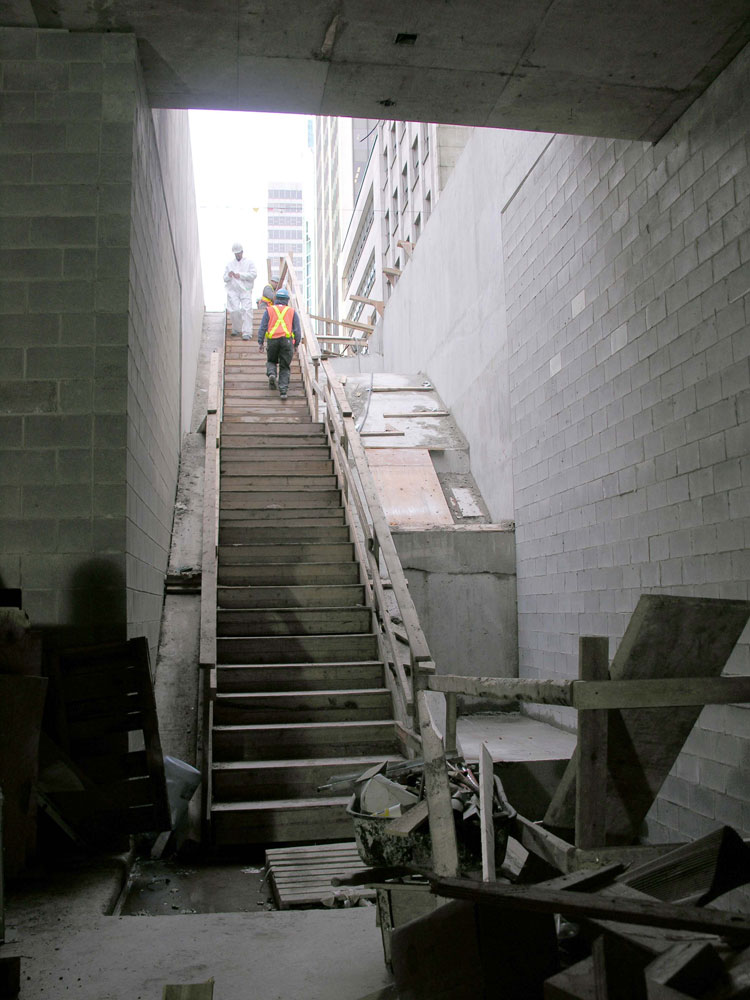scarberiankhatru
Senior Member
^ To clarify I meant some combination of Eglinton and the SRT replacement (which I am hoping will be a LRT). So that might mean stops at red lights. I would not want to see the RT resurrected just so they can have a single line from Malvern to the airport.
Do you think my estimate is reasonable? I think 22 kph is more than reasonable for the Eglinton LRT even with the above ground portion. Supposedly the tunnel would boost it to 25 kph. In which case, the time difference to Yonge from Kennedy would be mere seconds. That's why I think it makes sense to combine the SRT replacement with the Eglinton LRT. That would give us a Eglinton-Scarborough LRT.
It doesn't make sense when the only "benefit" is potentially similar stopwatch times between several completely arbitrary points at which no one is even beginning or ending their trip.





